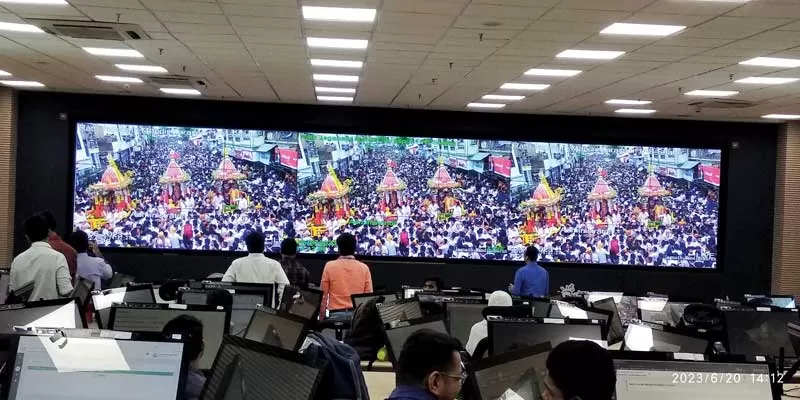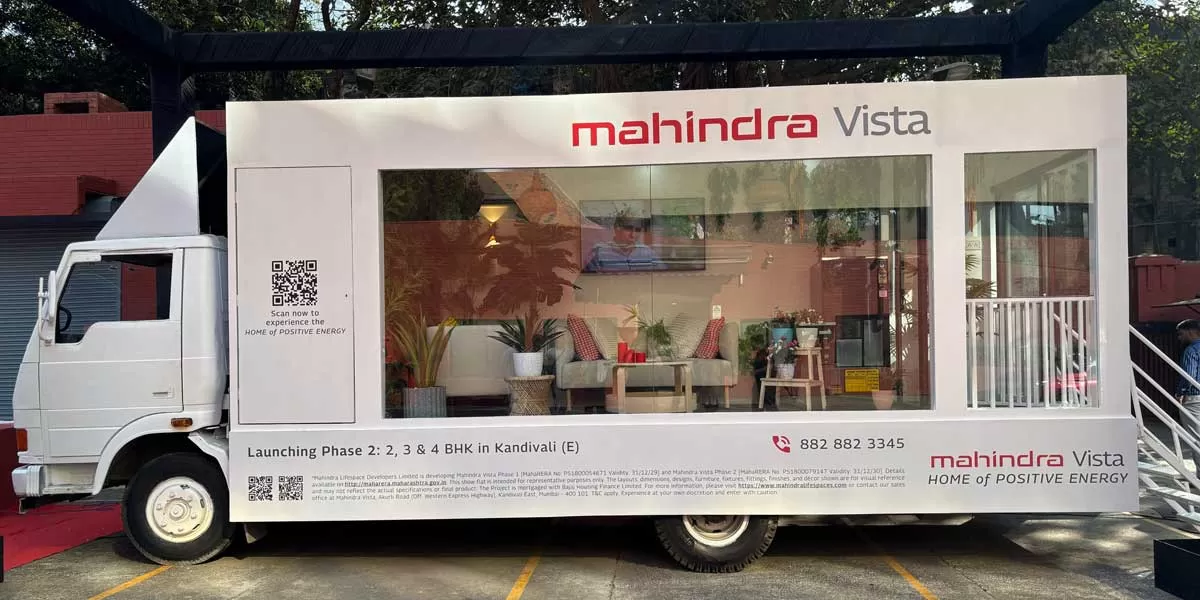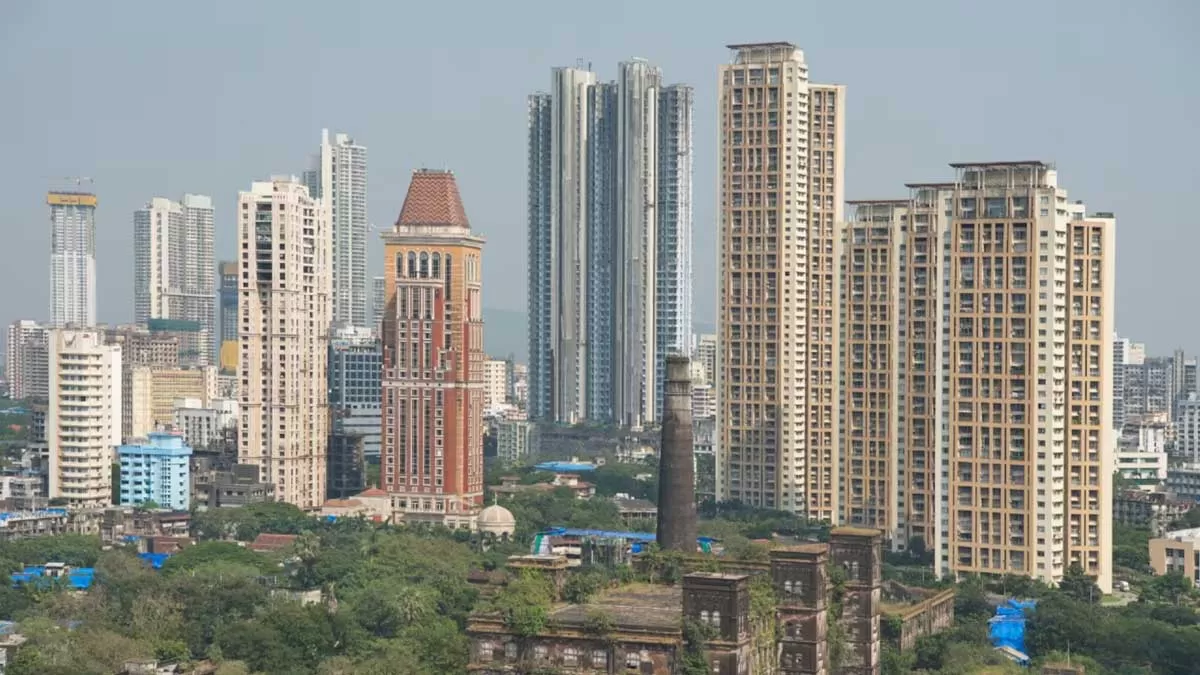Ahmedabad is among the top five smart cities in terms of project completion even as the deadline of June 2024 for the Smart Cities Mission draws near. R SRINIVASAN spoke to Mihir P Patel, CEO/MD, Smart City Ahmedabad Development, to discover reasons behind the city’s success. Excerpts:What factors would you attribute to Ahmedabad being among the top five and completing 65 out of 70 projects?The success of Ahmedabad Smart City can be attributed to its strong leadership, which provided a clear vision and direction for smart city initiatives. The leaders have effectively engaged various stakeholders or partners and ensured their active participation in planning, execution and maintenance of various projects. This collaborative approach has strengthened a sense of ownership and collective responsibility, leading to efficient project implementation and optimal utilisation of funds. Additionally, the city's focus on technology integration has played a crucial role in its achievements. By incorporating advanced technologies into aspects of urban life, such as transportation, waste management and citizen services, it has enhanced efficiency.What is being done to improve upon the air quality index (AQI)?Ahmedabad city has installed 50 environmental sensors across the city through which real-time monitoring of AQI is being done. Second, the solid waste management (SWM) team at ICCC continuously monitors incidents of garbage burning in open areas through 300+ pan-tilt-zoom (PTZ) cameras installed across the city. Further, the International Council for Local Environmental Initiatives (ICLEI) team stationed at Integrated Command and Control Centre (ICCC) correlates traffic density data with environment sensors’ details to understand pollution due to vehicular movement. Based on the hot spots found by these exercises, tree plantation programmes are planned. Real-time traffic advisory is also displayed on visual messaging displays (VMDs) to inform commuters about traffic conditions with suggestions of alternate routes thus reducing vehicular density at any particular place and pollution. Additionally, to reduce GHG emissions, the city has already deployed over 150 electric buses for public transportation.What is the ‘Manchester of India’ doing to prevent dumping of sewage into Sabarmati River?Various efforts have been made to address and prevent untreated sewage dumping into the river. Construction and upgrading of sewage treatment plants (STPs) have been a key initiative to treat wastewater before it is discharged into the Sabarmati River, especially from textiles and other industrial associations. STPs are designed to remove pollutants and contaminants from sewage, ensuring that the discharged water meets environmental standards. Further, the Sabarmati Riverfront Development Project focuses on beautifying the riverfront and also includes measures to improve water quality including the treatment of sewage before discharge.In Ahmedabad, the common effluent treatment plant (CETP) was developed with a capacity of 30 millions litres per day (MLD) to re-treat polluted water by various industrial associations like textile industries. The treatment process involves various important physio-chemical-biological processes like screening, grit removal, flow equalisation, neutralisation, flocculation, clarification and aeration with sequential batch reactor (SBR) technology. Among the recently created plants, Kotarpur has a 60 MLD capacity while Dafnala with 25 MLD is in progress. The World Bank has approved loans to upgrade and augment old plants for which work is in progress at four sites. Also to formalise the existing treatment plant connections, a total of 16 STPs were developed with around 1,300 MLD to save water.What’s more, a new task force was developed to monitor illegal agencies who discharge polluted water or sewage in Sabarmati River and will take strict necessary action. This task force was established in a JV of Ahmedabad Municipal Corporation (AMC), the police and the Gujarat Pollution Control Board (GPCB). Also, intersection lines have been created near Sabarmati River to stop ingressn of polluted water.In view of NITI Aayog's report, 21 cities in India will run out of groundwater by 2020. What are your initiatives for water resource management?In AMC, around 90 per cent of surface water for everyday water supply, which is around 1,500 MLD, comes from the Narmada and Mahi canals and we are constantly trying to reduce 10 per cent groundwater usage further to 2 per cent. The city has implemented sustainable groundwater management practices by initiating the implementation of percolation wells. Eight such wells have been constructed across the city with private and public sector JVs. Also, we have initiated a scheme for private societies to develop similar percolation wells, where 80 per cent of the cost will be taken care of by the AMC. We have strengthened monitoring systems to assess the status of water resources regularly. For this, we utilised various technologies and data analytics, which resulted in efficient water management.The city has five water treatment plants (WTPs) capable of handling 1,750 MLD and a water distribution network (WDN) with 216 water distribution stations (WDSs). A tertiary treatment plant (TTP) with a capacity of 160 MLD is being planned for industrial areas such as Narol and Danilimda. These industries currently rely on groundwater. The introduction of the TTP will enable industries to get recycled and cleaned water for reuse and help the city to save 160 million litres of groundwater every day, leading to improved water quality and increased sustainability.Please comment on installation of CCTV cameras in night shelters.A total of 206 cameras have been installed across 29 shelter home locations. We implement a highly stringent service-level agreement (SLA) and monitoring process to ensure the smooth functioning of CCTV operations. However, there have been instances where certain factors affected our camera viewing angles and cable connectivity. Despite challenges, we have maintained an impressive uptime rate of 95 per cent. We strive to improve our processes and technologies to enhance uptime.How far have radio frequency identification (RFID)-based cattle trackers helped prevent illegal cow slaughter and helped owners track their cattle?We have taken very serious measures to prevent illegal cow slaughter. As of today, we have registered 64,595 cattle and 10,463 cattle owners in our system through RFID technology, which helps keep track of ownership of cattle and take necessary action. Additionally, we have a CCTV monitoring system in place at major junctions, which allows us to identify stray cattle and if found, we register their owners in our system and resolve the issue. Thanks to stringent policies implemented by the AMC, we have not come across any cases of registered cows being slaughtered. This is a testament to the effectiveness of our system and the involvement of the Gujarat High Court and police in addressing cattle nuisance matters. To ensure smooth functioning of the system and prompt resolution of issues, we have multiple teams on the ground. These teams are dedicated to resolving issues related to stray cattle and ensuring the safety and well-being of the public.Does Ahmedabad have plans to install RFID tags on waste collection vans to ensure garbage is being collected daily?We have developed an advanced system, which is the integration of RFID and global positioning system (GPS) technologies. This can significantly enhance the efficiency of garbage collection processes and ensure waste is being collected regularly. Combining RFID and GPS data helps us monitor the collection process in real time from a central command centre. Supervisors can track the movement of collection vehicles and receive alerts for any deviations from the planned route. The GPS and RFID cards installed in vehicles enable automatic entry at the transfer stations, eliminating the need for manual check-ins. This streamlines the process and reduces waiting times for waste disposal. Overall, the robust system implemented in Ahmedabad for solid waste management improves operational efficiency, reduces manual work and ensures adherence to vehicle route timings. This helps in effectively managing the city’s waste.What are the key takeaways for other cities from your project?Ahmedabad is always the first to adopt Information and Communications Technology (ICT) technologies to improve governance services. We took initiatives such as developing a command control centre for a safe, secure and disciplined environment for citizens across the city through a CCTV network; creating a one-stop-shop platform to capture and respond to citizens’ voices’ and developing a solid waste management that consists of coming first in ‘Swachata Sarvekshan’. The centre helps with city surveillance and to monitor various municipal services; for this, we installed over 550 surveillance cameras and over 2,400 red light violation detection (RLVD) and automatic number-plate recognition (ANPR) cameras, which led to adherence of traffic rules. Other notable takeaways include immediate action in water-logged areas in the monsoon; over 600 stolen vehicles were found; video footage was used by the police in over 1,500 criminal investigations and effective control during COVID-19. For institutional transformation, the city adopted zone-wise governance, which helped with proper utilisation and monitoring of resources.By drawing lessons from the Ahmedabad project, other cities can tailor their initiatives to enhance the overall urban experience for residents. That said, it is essential to consider the unique characteristics and needs of each city while implementing smart solutions.


















